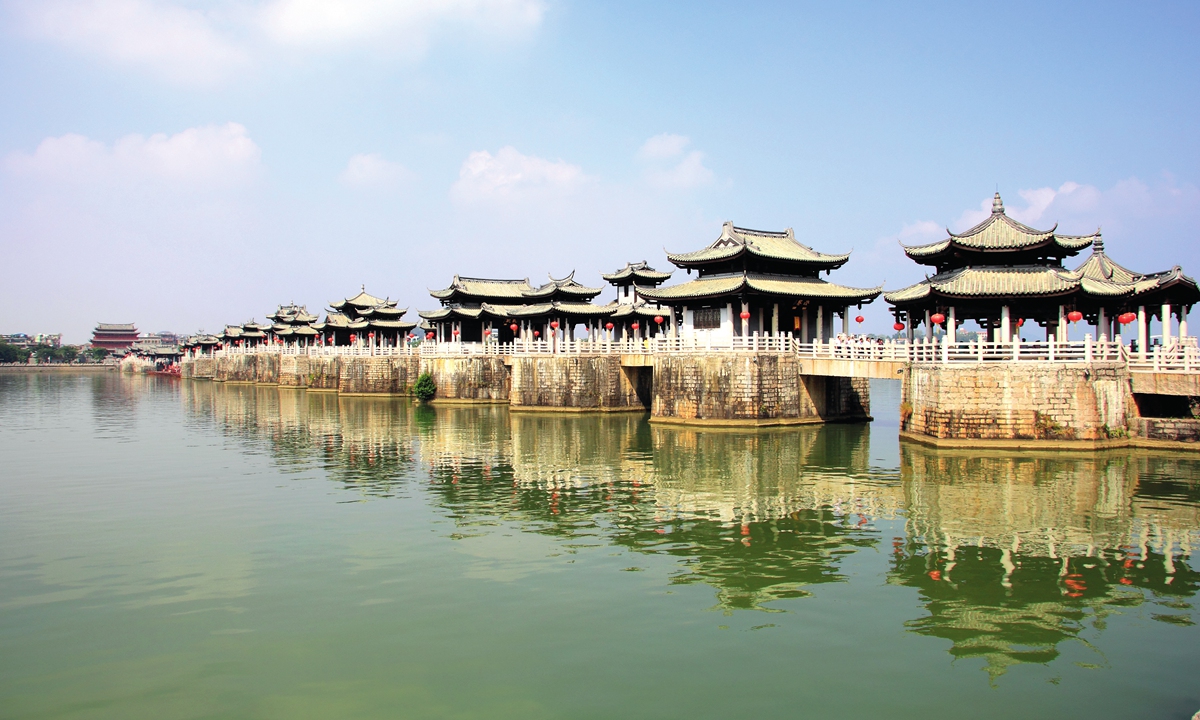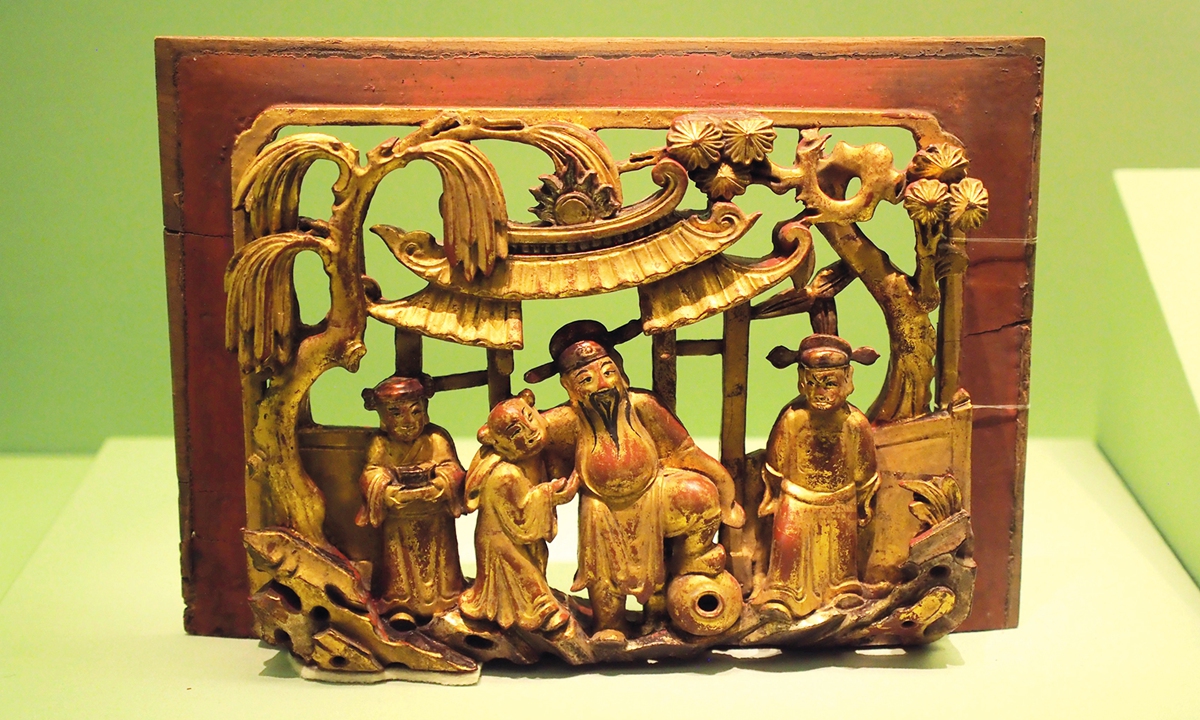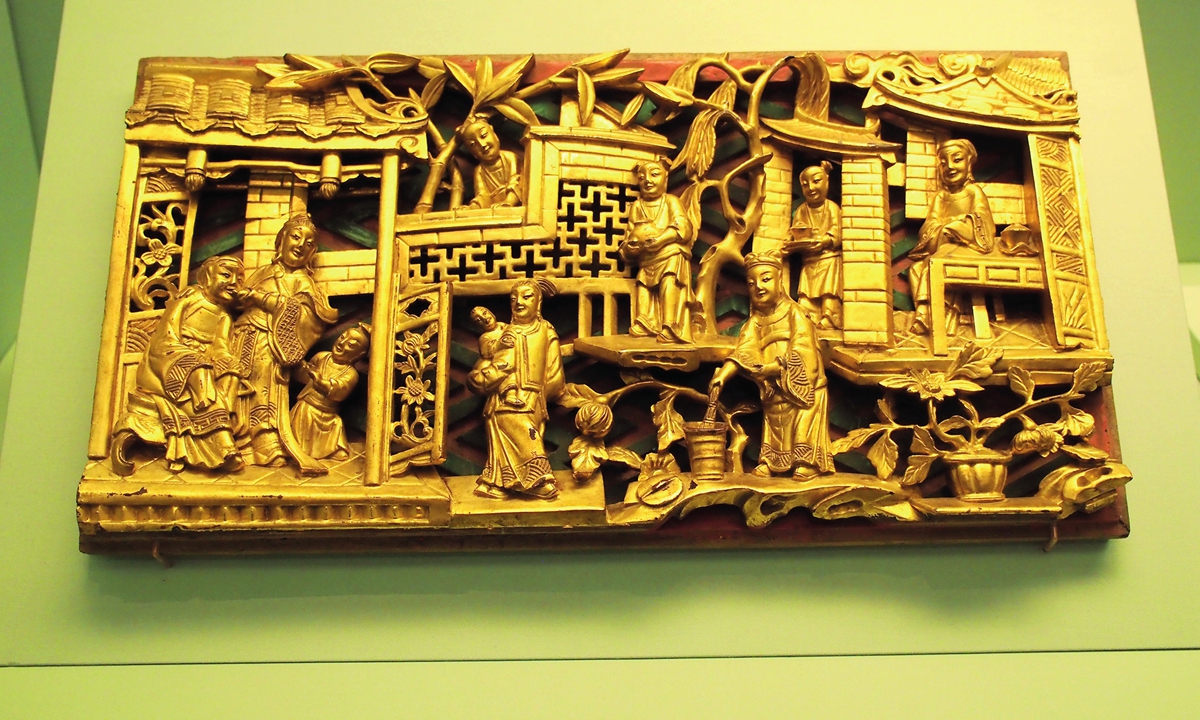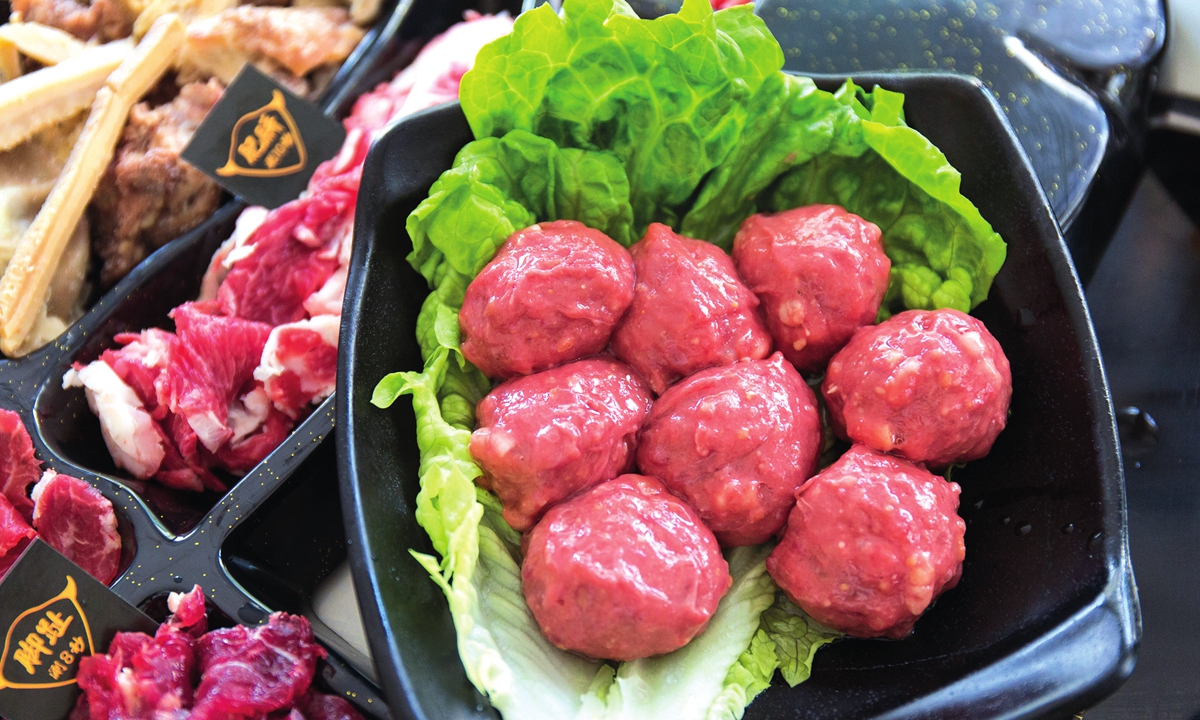Cultural tourist attractions in Chaozhou provide sensory feast for visitors
Source: Global Times Published: 2020/10/22 10:08:40

The Guangji Bridge in Chaozhou, South China's Guangdong Province Photo: IC
Chaozhou, a city in South China's Guangdong Province, has emerged as a tourist wonderland not only because of its distinctive intangible cultural heritage that represents the rich history of the region, but also due to the city's efforts to integrate its culture and local tourism industry, thus injecting this thousand-year-old city with vitality.The sights of Chaozhou
The historical nature of the ancient town of Chaozhou is apparent in its old temples and bridges.
The Kaiyuan Temple, which is about 1,200 years old, is a popular site for tourists today, but in the past it was a place for emperors to receive blessings and pronounce official decrees. It maintains its classic Tang Dynasty (618-907) layout, but is also adorned with diverse architectural characteristics of other historical periods such as the Song Dynasty (960-1279) and Qing Dynasty (1644-1911).
Guangji Bridge, the world's first pontoon bridge that could be opened and closed, is another not-to-be-missed sight in the city.
It is a complex construction that integrates a beam bridge, floating bridge and arch bridge in one.
Located in the middle reaches of Hanjigang River, the bridge is not only an important junction for the distribution and transfer of goods, but also has artistic merit as it is decorated with wood and stone carvings with motifs such as lotuses and orchids that represent the classic Chinese design elements.

One Chaozhou wood carvings Photo: IC
Sound and texture of ChaozhouChaozhou is a city rich with various intangible cultural heritages. Handmade red clay teapots are part of the distinctive teaware of Chaozhou. The making of these teapots completely relies on a craftsman's dexterity and experience. The making of each pot involves more than 60 steps, while the material used to create the pot is a red-colored mineral often discovered from the Phoenix Mountains of Chaozhou.
Chaozhou embroidery represents another intangible cultural heritage that emerged from this area. It shows artistic characteristics and compositions that deliver a distinctive three-dimensional sense which differs from Suzhou, Hunan and Shu embroidery.

One Chaozhou wood carvings Photo: IC
Chaozhou wood carving is considered as one of the most representative folk carving arts in China alongside Dongyang wood carving.Chaozhou wood carving is famous for its exquisite craftsmanship. The particular wood used for these carvings has to be carefully selected depending on what type of object will be carved. The production process includes steps such as designing, carving and gold lacquer painting. This latter step, gold lacquer painting, is considered an outstanding feature of Chaozhou wood carving.
Over the centuries, the artisans of Chaozhou wood carving gradually formed a unique set of techniques that distinguish this intangible cultural heritage from other styles of wood carving in China.
After satisfying one's sense of touch, the famous Chaozhou Opera is a treat for the ears.
An ancient traditional opera drama sung in the distinctive Chaozhou dialect, Chaozhou Opera is not only an important intangible cultural legacy of the city, but also a precious folk art that proves that ancient Chinese opera can survive on the modern stage.

Chaozhou beef meatballs Photo: IC
Tastes of ChaozhouTea is a significant part of Chinese culture.
Chaozhou Gongfu tea is one of the most representative tea arts in China. The history of Chaozhou Gongfu tea can be traced back to the Song Dynasty. Tea is such an important part of Chaozhou culinary culture that people compare it to rice, as it is something no meal should go without.
Chaozhou's culinary delicacies include a lot of seafood dishes and traditional snacks.
Chaozhou food tends to be light, tender and possess a savory flavor.
Chaozhou cuisine has three well-known food treasures: marinated wampee fruit, cumquats and marinated fingered citron - the fruit also known as Buddha's hand. They are all considered great ingredients for Chinese food therapy.
The city is also well-known for its delicious beef meatballs, a representative Chaoshan snack that has been widely appraised by foodies of the younger and older generations as well as locals and tourists.
Chaoshan beef meatballs date back to about 100 years ago. The meatballs commonly come in either tender or chewy varieties to cater to eaters' preferences.
The meatballs are usually lightly seasoned with sprinkled pepper powder, and a few drops of sesame oil. Dipping the beef meatballs in a local special peanut sauce is an authentic way to enjoy this classic Chaoshan dish.
Chaozhou has 15 national intangible cultural heritages, including but not limited to the aforementioned Chaozhou Gongfu tea, embroidery and Chaozhou Opera. These are valuable cultural and historical resources that have helped develop the cultural tourist industry of this region.
Newspaper headline: Dazzling the senses
RELATED ARTICLES:
- Cold-chain foods are being disrupted
- Living coronavirus detected in imported frozen food packaging in Qingdao for 1st time, may push forward study of virus origins: virologist
- China finds living coronavirus on cold chain food packaging, marking world first
- Italy marks World Food Day, anniversary of FAO
Posted in: FOOD